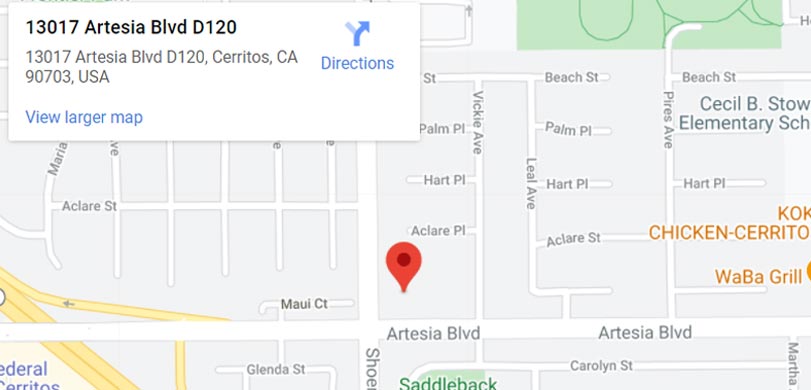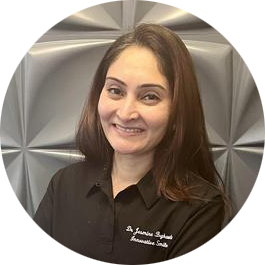If you experience anxiety at the thought of going to the dentist, then you are probably wondering if that response is “normal.” The honest truth is that dental fear is pretty common. One study, performed in the Netherlands, found that in a sample size of almost two thousand people, 24.3% of those surveyed reported dental fear. However, dental phobias are slightly different.
Psychologists are careful to differentiate between fear and phobia. This allows them to differentiate between more common responses and severe responses to specific stimuli. As the Huffington Post explains, fear is only identified as a phobia if it interferes with your quality of life or prevents you from functioning as you would otherwise.
In the case of the above mentioned study, only 3.7% of participants had a demonstrable dental phobia. Interestingly enough, dental fear ranked lower than other common fears including heights, snakes, and physical injury, while dental phobias were actually the most common of all phobias tested.
Causes and Manifestations of Dental Phobias and Fear
The Cleveland Clinic reports that an average of 9% to 15% of American adults admit they avoid the dentist due to their anxiety. Their anxieties typically have five major stressors: stimuli that are at the root of the patient’s fear and tend to exacerbate the patient’s response. These stressors include:
- Pain
- Needles
- Fear of anesthetic failure or side effects
- Fear of feeling helpless or having no control
- Limited personal space or self-consciousness
Any dentist or combination of these stressors can trigger any given patient displaying the signs of dental phobias. A patient’s fear may manifest in a number of ways, including, but not limited to, tensing, shaking, or refusing to comply with their hygienist’s instructions. Unfortunately, all manifestations of dental fear or phobia make regular dental visits and procedures difficult for both patient and dental professional. This means that patients must learn coping techniques to manage dental fear.
Coping with Dental Phobias and Fear
Victoria, Australia’s Better Health Channel has a number of suggestions to assist patients in dealing with their anxieties before and during their dental visit. For mild to moderate dental fear, deep breathing and meditation exercises help keep anxiety responses under control. This is especially true if the patient’s fear is only of pain and/or needles.
Alternatively, relative analgesia or “laughing gas” can help you relax without losing consciousness. This is a good option for patients with normal drug tolerances who haven’t been regularly exposed to the effects of the gas. Patients who experience high levels of anxiety, higher drug tolerance, or have had “laughing gas” repeatedly in the past may not experience the same results.
For patients who fear loss of control, don’t be afraid to ask your dental professional to talk you through everything they do. Even better, instruct them to ask for your consent before proceeding to the next step of your treatment. By telling the patient what they plan to do and asking for permission, a good dental professional indicates that they are willing to take a little extra time and effort to build a relationship of trust with the patient.
However, before asking your dentist to commit to regularly asking for your consent, you must also be willing to trust their judgment as a professional. The system only works when both parties understand that trust goes in both directions.
Sedation Dentistry
For phobias or fears that severely compromise your dentist’s ability to perform their duties, you should consider sedation dentistry. At Jesmine Boghawala DDS, Dr. Boghawala administers the sedative orally or by IV, allowing safe and reliable options for a wide range of patients with different stressors. From dental cleanings in Cerritos to extractions, sedation dentistry allows anxious patients to receive the full, quality dental care that they need to stay healthy while removing the need for hours of fear and discomfort.






